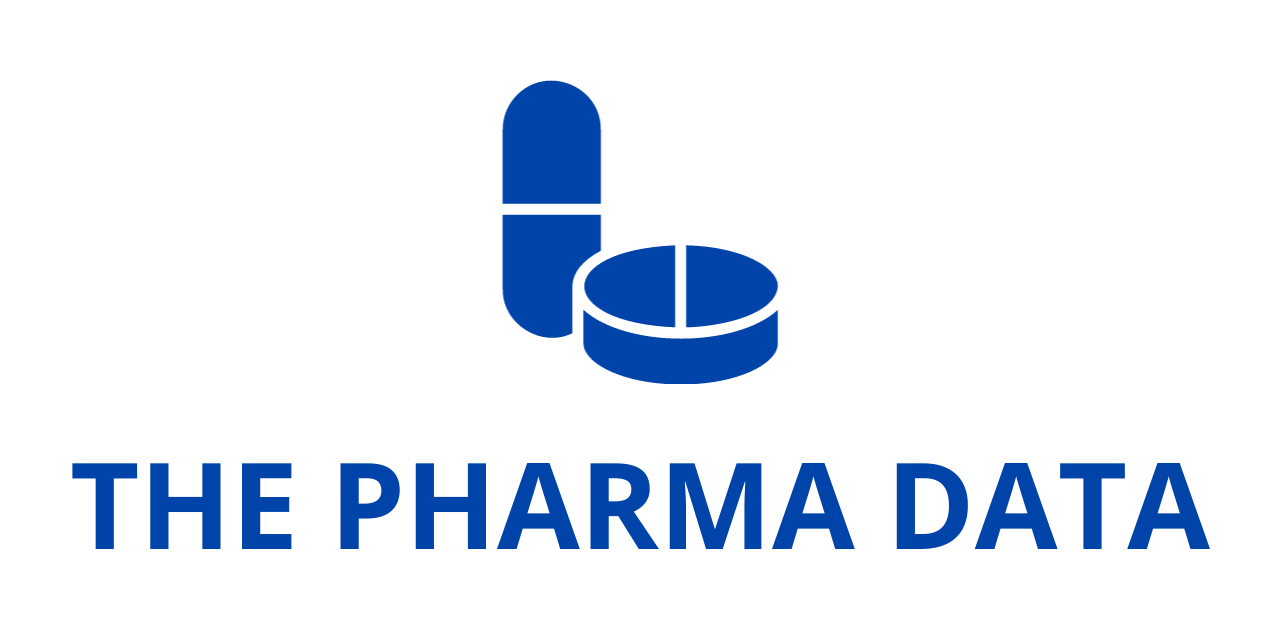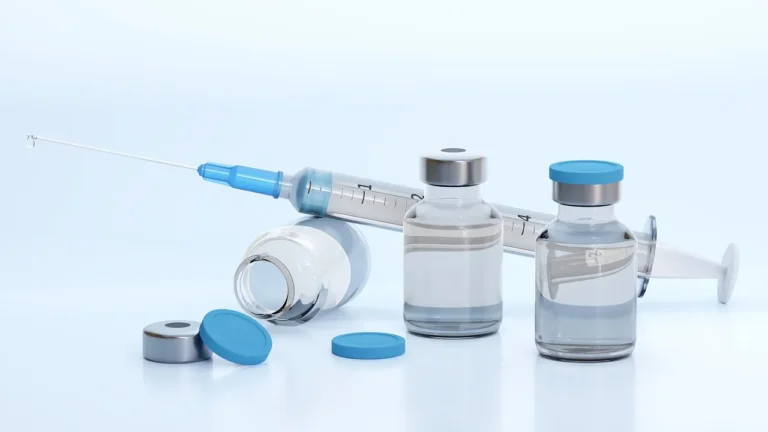
JCR Pharmaceuticals Showcases Landmark Five-Year Clinical Data on Pabinafusp Alfa at ICIEM 2025, Reinforcing Transformative Potential for Patients with Hunter Syndrome and Expanding Pipeline of Brain-Penetrant Enzyme Replacement Therapies
In early September 2025, the city of Kyoto, Japan, became the epicenter of global scientific exchange on rare and genetic metabolic disorders as it hosted the 15th International Congress of Inborn Errors of Metabolism (ICIEM). Among the hundreds of presentations and discussions that unfolded across the congress, one company stood out with particularly impactful findings — JCR Pharmaceuticals Co., Ltd. (TSE 4552).
JCR, a biopharmaceutical innovator headquartered in Japan, is globally recognized for its pioneering work in rare and genetic diseases. At ICIEM 2025, the company unveiled new long-term data spanning five years on its flagship therapy pabinafusp alfa (JR-141), marketed in Japan under the trade name IZCARGO®. The therapy represents the first approved enzyme replacement treatment capable of crossing the blood-brain barrier (BBB) to directly address central nervous system (CNS) manifestations of mucopolysaccharidosis type II (MPS II, also known as Hunter syndrome).
The congress presentations covered not only the pivotal long-term efficacy and safety findings of pabinafusp alfa in patients with MPS II but also insights into its cardiovascular effects in preclinical models, as well as promising preclinical results for JR-446, a novel investigational therapy for another devastating lysosomal storage disorder, mucopolysaccharidosis type IIIB (MPS IIIB, Sanfilippo syndrome type B).
Taken together, the data showcased at ICIEM 2025 reinforced JCR’s position as a leader in the development of brain-penetrant enzyme replacement therapies (ERTs) powered by its proprietary J-Brain Cargo® technology, and underscored its commitment to advancing therapies for patients who previously had few or no effective treatment options.
Understanding MPS II: A Devastating Lysosomal Storage Disorder
To fully appreciate the significance of the data presented, it is necessary to understand the underlying disease.
MPS II (Hunter syndrome) is a rare, inherited, X-linked lysosomal storage disorder caused by mutations in the gene encoding iduronate-2-sulfatase (I2S). Without functional I2S, patients are unable to properly break down glycosaminoglycans (GAGs), such as heparan sulfate (HS) and dermatan sulfate (DS). The accumulation of these substances in tissues and organs leads to progressive damage that manifests in multiple organ systems, including:
- Neurological system: developmental delays, intellectual disability, behavioral problems, and neurodegeneration.
- Somatic systems: enlarged liver and spleen, respiratory complications, joint stiffness, skeletal deformities, and cardiovascular issues.
MPS II affects nearly all aspects of life, with symptoms often appearing in early childhood. The disease is progressive and life-limiting, with the severe neuronopathic form associated with rapid cognitive decline and reduced life expectancy.
Until recently, the mainstay of treatment involved standard enzyme replacement therapy (ERT) with idursulfase, which improves some somatic symptoms but fails to address CNS manifestations because the large therapeutic enzymes cannot cross the blood-brain barrier (BBB).
This treatment gap has been one of the greatest challenges in the field — and it is precisely this challenge that JCR set out to overcome.
JCR’s J-Brain Cargo® Technology: Breaking Through the Blood-Brain Barrier
The blood-brain barrier is a critical protective interface that prevents harmful substances from entering the brain but also poses a major obstacle to drug delivery. Large therapeutic molecules, such as enzymes used in ERT, are typically excluded, leaving neurological symptoms of lysosomal storage disorders untreated.
JCR’s proprietary J-Brain Cargo® technology was designed to address this challenge. The platform uses antibodies targeting the human transferrin receptor (hTfR), which mediates transport across the BBB. By fusing therapeutic enzymes to these antibodies, JCR has engineered a system that delivers enzymes into the CNS while maintaining systemic efficacy.
Pabinafusp alfa (JR-141) is the first commercial therapy built on this platform. It is a recombinant fusion protein of anti-hTfR antibody and iduronate-2-sulfatase, making it the world’s first BBB-penetrant ERT approved for clinical use.
Highlights from ICIEM 2025
At ICIEM 2025, JCR presented a comprehensive portfolio of data on pabinafusp alfa and other pipeline programs. Key highlights included:
- Five-year efficacy data showing long-term stabilization and improvements in neurocognition and adaptive behavior in MPS II patients treated with pabinafusp alfa.
- Five-year safety results demonstrating a well-tolerated profile with declining incidence of infusion-associated reactions over time.
- Cardiovascular preclinical findings suggesting protective effects of pabinafusp alfa in a mouse model of MPS II.
- Nonclinical efficacy of JR-446 in MPS IIIB models, with encouraging impacts on biochemical markers and cognitive outcomes.
- Post-marketing surveillance data from Japan confirming long-term safety and tolerability of IZCARGO® in real-world settings.
The data were presented across oral presentations, posters, and abstracts by leading international investigators.
Long-Term Efficacy: Five-Year Clinical Data on Pabinafusp Alfa
One of the most impactful presentations came from Dr. Roberto Giugliani of the Federal University of Rio Grande do Sul in Brazil, who delivered an oral presentation titled:
“Long-term (up to 5 years) efficacy of pabinafusp alfa on neurocognition in patients with mucopolysaccharidosis type II – a pooled, post hoc analysis of clinical trials.”
Key Findings
- Sustained Biomarker Reductions: Patients treated with pabinafusp alfa demonstrated rapid and sustained decreases in CSF heparan sulfate (HS) levels as early as week 13. These reductions were maintained through 261 weeks (five years) of treatment, regardless of prior ERT exposure.
- Serum Dermatan Sulfate Effects: In untreated patients, serum DS levels declined significantly, while in patients with prior idursulfase exposure, DS levels remained stable.
- Cognitive and Adaptive Benefits: Patients with baseline developmental quotient (DQ) ≥55 and those under 30 months of age showed significant improvements in Bayley Scales of Infant and Toddler Development (BSID-III) and Vineland Adaptive Behavior Scales (VABS-II). Older patients and those with advanced disease experienced stabilization rather than progression.
- Safety: The therapy was well tolerated with no new safety concerns. Most adverse events were mild.
Dr. Giugliani emphasized the importance of early treatment initiation, noting that younger patients demonstrated the most robust cognitive and adaptive benefits.
Long-Term Safety: Five-Year Results from Japanese Clinical Trials
Presented by Dr. Norio Sakai of ISEIKAI International General Hospital, Osaka, the interim five-year safety data from a Japanese clinical trial reinforced the durable safety of pabinafusp alfa.
- Most Common Adverse Events: pyrexia (77.8%), upper respiratory infections (63.0%), nasopharyngitis (63.0%), otitis media (55.6%), and gastroenteritis (51.9%).
- Declining Adverse Events Over Time: Treatment-related events and infusion reactions decreased per patient per year.
- No New Safety Signals: Importantly, no evidence of neutralizing antibody-mediated efficacy reduction was observed.
These findings suggest that long-term use of pabinafusp alfa is both safe and manageable, even in pediatric populations requiring chronic weekly infusions.
Cardiovascular Protection in Preclinical Models
In poster presentation P-311, JCR researcher Kenta Arisumi reported on the cardiovascular impacts of pabinafusp alfa in an MPS II mouse model.

- Dose-Dependent Effects: Weekly dosing at 2.0 mg/kg significantly corrected HS and DS accumulation in cardiovascular tissues.
- Functional Improvements: Cardiac function, measured by ejection fraction and aortic parameters, was indistinguishable from healthy controls in treated mice.
- Clinical Implications: Given the burden of cardiovascular complications in MPS II, these findings suggest potential long-term benefits beyond neurocognition.
JR-446 in MPS IIIB: Expanding the JCR Pipeline
In another preclinical presentation, JCR scientist Jun Ito highlighted progress with JR-446, a BBB-penetrant α-N-acetylglucosaminidase (NAGLU) fusion protein designed to treat MPS IIIB (Sanfilippo syndrome type B).
- Biochemical Improvements: JR-446 reduced levels of HS, GM2, and GM3 gangliosides in CNS tissues.
- Neuroprotection: Histological changes in the brains of treated mice were suppressed.
- Cognitive Preservation: Treated mice performed comparably to healthy controls on neurobehavioral tests.
These results underscore the broad applicability of J-Brain Cargo® and JCR’s ambition to extend its platform across lysosomal storage disorders with neurological involvement.
Post-Marketing Surveillance in Japan
Finally, Dr. Shungo Okamoto from Osaka Metropolitan University presented real-world post-marketing surveillance data covering up to four years of pabinafusp alfa use in Japan.
- No New Safety Signals: Findings were consistent with clinical trial safety profiles.
- Long-Term Commitment: Surveillance will continue until at least 2030, providing one of the longest follow-up datasets in lysosomal storage disorders.
This real-world evidence provides reassurance for regulators, clinicians, and families as IZCARGO® use expands.
Expert Perspectives
Commenting on the results, Shin Ashida, Chairman, President, and CEO of JCR Pharmaceuticals, stated:
“The data presented at ICIEM add to the growing body of evidence supporting pabinafusp alfa as the first approved treatment in Japan to cross the blood-brain barrier and address CNS complications of MPS II. We are committed to expanding access globally through regulatory submissions and will continue to leverage J-Brain Cargo® across a broad range of lysosomal storage disorders.”
Clinical experts, including Dr. Giugliani, emphasized that the therapy not only represents a medical milestone but also offers hope for families facing a previously untreatable neurological decline.
Broader Implications for the Field
The long-term data on pabinafusp alfa mark a paradigm shift in how lysosomal storage disorders may be treated:
- Proving BBB Penetration Works: After decades of failed attempts, JCR has validated a method for delivering ERT into the CNS.
- Early Intervention Matters: The greatest neurocognitive gains were observed in very young patients, highlighting the importance of newborn screening and early diagnosis.
- Platform Potential: With JR-446 showing promise, the technology could be expanded to multiple diseases where CNS pathology drives morbidity.
The presentations at ICIEM 2025 cemented pabinafusp alfa (IZCARGO®) as a transformative therapy for MPS II, with five-year clinical evidence demonstrating durable neurocognitive, somatic, and safety benefits. The findings extend beyond clinical outcomes, showcasing the potential of J-Brain Cargo® to reshape the treatment landscape for a host of lysosomal storage disorders.
For patients and families living with MPS II and related diseases, these results offer not just data but a tangible step forward in hope, quality of life, and long-term outcomes.
With global regulatory submissions on the horizon and pipeline programs advancing, JCR Pharmaceuticals is poised to remain at the forefront of rare disease innovation.




